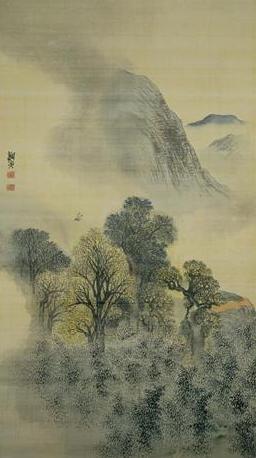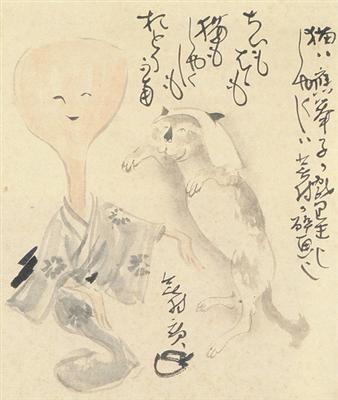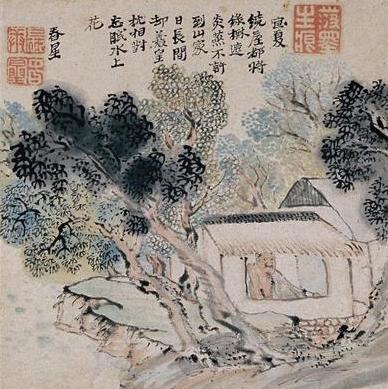Japan art and poetry: Yosa Buson and flow of China
Lee Jay Walker
Modern Tokyo Times

Yosa Buson is one of the greatest poets to hail from the land of Japan. Matsuo Bashō and Kobayashi Issa – along with Buson – were the most potent poets during the Edo Period of Japanese history. Therefore, this eighteenth-century artist and poet fused classical Chinese and Japanese literature – and other angles of high culture – and created sublime work in both fields.
However, despite Buson producing many notable pieces of artwork that are treasures to behold – his haiku is more widely acclaimed. Hence, Buson’s prestige continues in modern Japan and internationally.

The Kyoto National Museum says, “The renowned painter and haiku poet Yosa Buson (1716-1783) was born in Settsu Province (present day Osaka) but went to Edo (Tokyo) as a young man to study painting and poetry. He then took a long itinerant journey on foot through Japan’s northern provinces. It was not until he was past the age of thirty-five that Buson finally settled down in Kyoto. Though he had full mastery of Ming and Qing Chinese painting styles, some Buson’s most distinctive works are his abbreviated, witty haiga sketches.”
Similar to other artists and poets who revered the high culture of the Middle Kingdom (China), the cultural angle shines brightly. Buson avidly read Chinese and Japanese classical literature while admiring the Nanga School of Art emanating from China.

The Kimbell Art Museum says, “The nanga (southern painting) school, also called bunjinga (literati painting), was one of the two most dynamic schools of Japanese painting during the eighteenth and first half of the nineteenth century. In contrast to the sensuous school of native decorative art, called ukiyo-e (pictures of the floating world), the nanga school was the last manifestation of the centuries-old Japanese preoccupation with China. It was based on the monochrome-ink landscape styles of Chinese literati painters, adopted and modified according to Japanese taste, and was patronized principally by the cultivated upper strata of Japanese society living in Kyoto. Yosa Buson was one of the two greatest painters of the nanga school.”
Buson wrote:
Harvest moon—
called at his house,
he was digging potatoes.

Buson’s poetry continues to be highly acclaimed in modern Japan. Therefore, the eclectic nature of his art – and the dramatic changes in style and meaning – hits all the right chords.
(Poem Translated by Robert Hass)

PLEASE SUPPORT MODERN TOKYO TIMES by DONATING
Modern Tokyo News is part of the Modern Tokyo Times group
DONATIONS to SUPPORT MODERN TOKYO TIMES – please pay PayPal and DONATE to sawakoart@gmail.com
http://moderntokyotimes.com Modern Tokyo Times – International News and Japan News
http://sawakoart.com – Sawako Utsumi personal website and Modern Tokyo Times artist
https://moderntokyonews.com Modern Tokyo News – Tokyo News and International News
PLEASE JOIN ON TWITTER
https://twitter.com/MTT_News Modern Tokyo Times